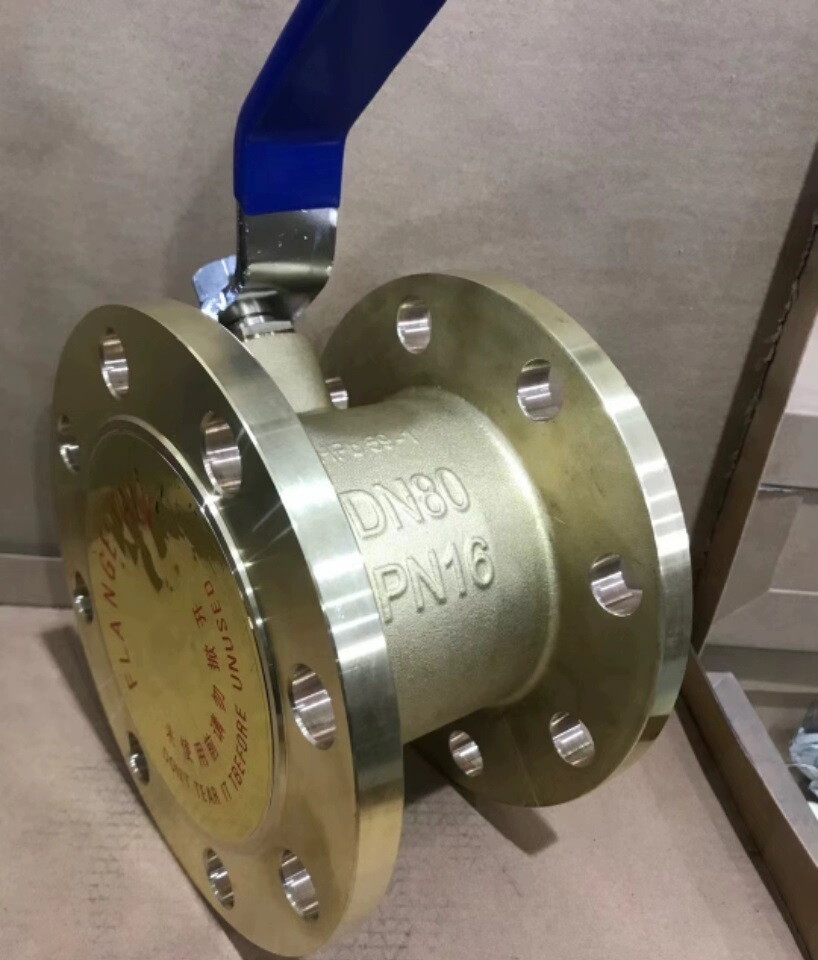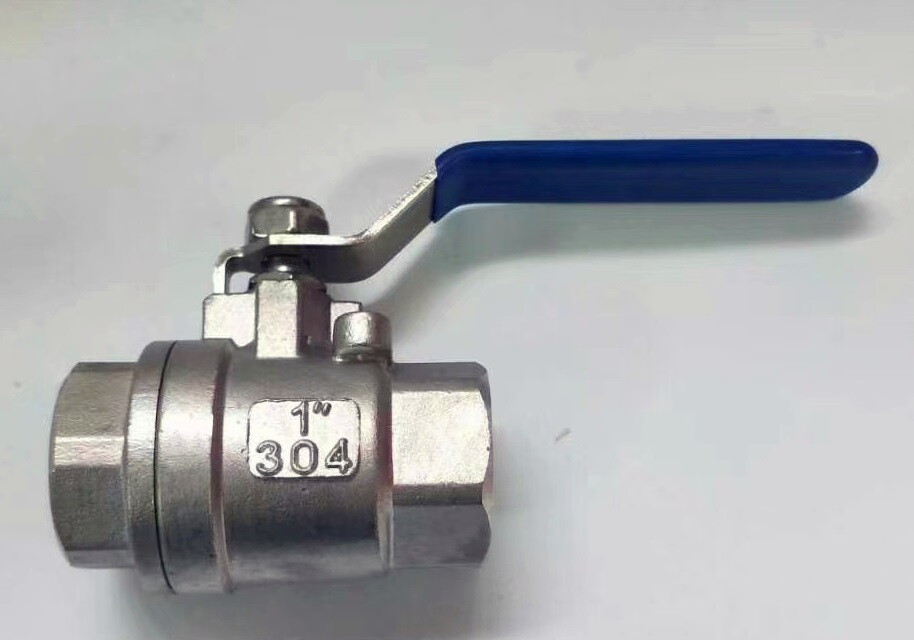Gas Lever Valve
In actuality, gas lever valves are simply ball valves; the lever denotes the external control device that allows the valve to be toggled open or closed. Its main purpose, similar to that of other valves, is to regulate the flow of substances such as oxygen, liquified petroleum, and natural gas. Because they are simple to grip and control, levers are preferred. Gas lever ball valves, as opposed to other valve types like the angle, butterfly, or directional valves, offer tight shut-offs, making them perfect for applications that demand tight sealing.
Gas ball valves
What precisely is a gas ball valve, then? A quarter-turn valve that regulates air, vapor, and gas flow is called a gas ball valve. They are utilized in services that deal with corrosive materials and fire prevention because they offer efficient fluid flow control and can regulate even flammable media. They are preferred because they are simple to close off and seal, and they keep liquid and gaseous components from escaping.
Why Ball Valves are Ideal for Gas
High pressure
Since ball valves have a quarter turn, they are perfect for applications involving high pressure. The high pressure gas valve's simple on/off operation offers the necessary control and airtight sealing for high-pressure flow.
Control of flow.
Because they offer a tight seal and prevent backflow, which is necessary for a natural gas flow control valve, ball valves are perfect for use with gases like natural gas, which are invisible due to their odorless and colorless nature.
Cut off the gas
A gas shut off ball valve is perfect for most gases, particularly corrosive, hazardous, or flammable ones. It offers a quick and simple shut-off control for emergencies as well as a seal that prevents backflow.
Industrial Uses for Gas Ball Valves
Gas ball valves are a great tool for industry, particularly for those involved in the control of vapor, gas, and air. The dependability of gas ball valves is essential to the operations of gas plants and manufacturers. Gas ball valves are also used in furnaces, boilers, water heaters, and gas stoves.
#1 gasoline ball valve
Fuel is combustible and can seep into surroundings in both liquid and gaseous forms. Ball valves efficiently regulate flow to stop leaks, especially because of how extremely flammable they are.
#2 Hydrogen ball valves
Hydrogen is combustible and typically occurs in gaseous form, much like gasoline. Ball valves offer an adequate seal to regulate the hydrogen flow, even when it is in a gaseous state.
#3 LPG gas ball valve
LPG gases, which are frequently utilized in both home and commercial settings for cooking and heating appliances, are also extremely combustible gasses. Ball valves are necessary to stop any unfortunate LPG-related events.
#4 Oxygen ball valve
Even though oxygen doesn't burn, it should nonetheless be treated carefully because it encourages combustion. Because of their flexibility and suitability for even flammable and combustible chemicals, ball valves are perfect for reducing friction.
#5 nitrogen gas ball valves
A non-flammable gas used in many different industries is nitrogen. Although it is present in the air we breathe naturally, high quantities of it have the potential to harm the respiratory system, which is why ball valve flow control significantly lowers the likelihood of that happening.
Which ball valves are suitable for use with natural gas?
Ball valves are a popular option for gas pipelines because of their quick shut-off times and tight seals. A trunnion-mounted ball valve works better in high-pressure applications, while a floating ball valve functions best in pipelines with low to medium pressure.
A brass ball valve's high melting point makes it ideal for applications involving high temperatures. It also resists rusting rather well. It is the perfect valve for natural gas applications because of these features.
 The toughness and longevity of a stainless steel gas ball valve are its main features. Compared to its competitors, it requires less maintenance and is resistant to both corrosion and abrasion. In addition, it works perfectly at very low temperatures as well as high pressure and temperature applications.
The toughness and longevity of a stainless steel gas ball valve are its main features. Compared to its competitors, it requires less maintenance and is resistant to both corrosion and abrasion. In addition, it works perfectly at very low temperatures as well as high pressure and temperature applications.
A Full Port Gas Ball valve maintains a constant flow rate throughout the valve by controlling the flow in accordance with the pipe's diameter. Its construction minimizes pressure loss and keeps buildup and cavitation at bay.
Triple-way gas ball valve
The unique feature of a three-way gas ball valve is its ability to combine and switch flow from many sources, as well as to alternate flow to multiple destinations, in addition to being able to stop flow entirely.
Common Questions about Gas Ball Valve
Determine the Gas Rating of a Ball Valve
Even while ball valves are typically safe to use in gas applications theoretically, only specific versions that meet certain requirements are allowed. Ball valves that are rated for natural gas can be used for natural gas and other gaseous materials.
Ball valves are frequently marked with indications of the applications for which they are appropriate. The ball valves' suitability for a certain media is guaranteed by its testing.
You can select the appropriate ball valve for the intended application by being aware of the meanings behind valve markings. Selecting the appropriate ball valve guarantees the operations' safety. When operating under high pressure and high temperature, it prevents breaking. Ball valve markings, which are described below, are frequently present in the ball valve body as numbers and a few letters.
WOG
Water, Oil, and Gas is referred to as WOG. While "oil" refers to liquids with lubricating properties and thickness greater than that of water, "water" refers to actual water. Conversely, the term "gas" designates evaporated liquids and does not include combustible gaseous compounds.
CWP
The term "Cold Working Pressure" (CWP). In the range of -20°F to 100°F, the valve's maximum working pressure is known as the "cold working pressure."
WSP
Working Steam Pressure, or WSP, is the highest steam pressure that a valve can withstand when its temperature is at its highest.
Which ball valves are suitable for use with natural gas?
While a brass ball valve is typically preferred by customers for usage with gasoline, natural gas, and other flammable materials because of its resilience in high-temperature settings, stainless steel gas ball valves can also be utilized with them.
Are There Other Kinds of Natural Gas Valves?
Other valve types can be selected for natural gas applications in addition to ball valves. Depending on the substance they contain and the pressure requirements of the application, they exist as various metals and plastic materials. Some common metals used in natural gas valves are aluminum, brass, copper, steel, and stainless steel. Polymer materials such as polyvinyl chloride, or PVC, and polypropylene, or PP, are also utilized in the construction of some.
Gas valves are quite widespread and come in a wide variety of types and modifications since they are utilized in commercial, industrial, and even domestic settings. Both the types and the materials vary depending on the particular requirements of their intended use.
Here are a few different kinds of gas valves. Knife or gate valves provide linear motion valves in which the stream's flow is stopped by a closing mechanism. Linear motion devices are also found in pinch and globe valves. Angle valves maximize flow, and balancing valves help maintain a steady temperature and make up for decreases in pressure. When there is little pipeline space, needle valves—which have a tapered design—are preferred. Diverter valves and directional valves both direct flow to certain passageways. A diaphragm valve functions more like a plunger than a plug valve, which is why they got their name.
Conclusion
The materials, the markings and their appropriateness, and the type of gas ball valves may be taken into consideration, especially since there are several options based on the particular user requirement. Gas ball valves are unquestionably suitable for the use of gaseous substances, such as natural gas.
